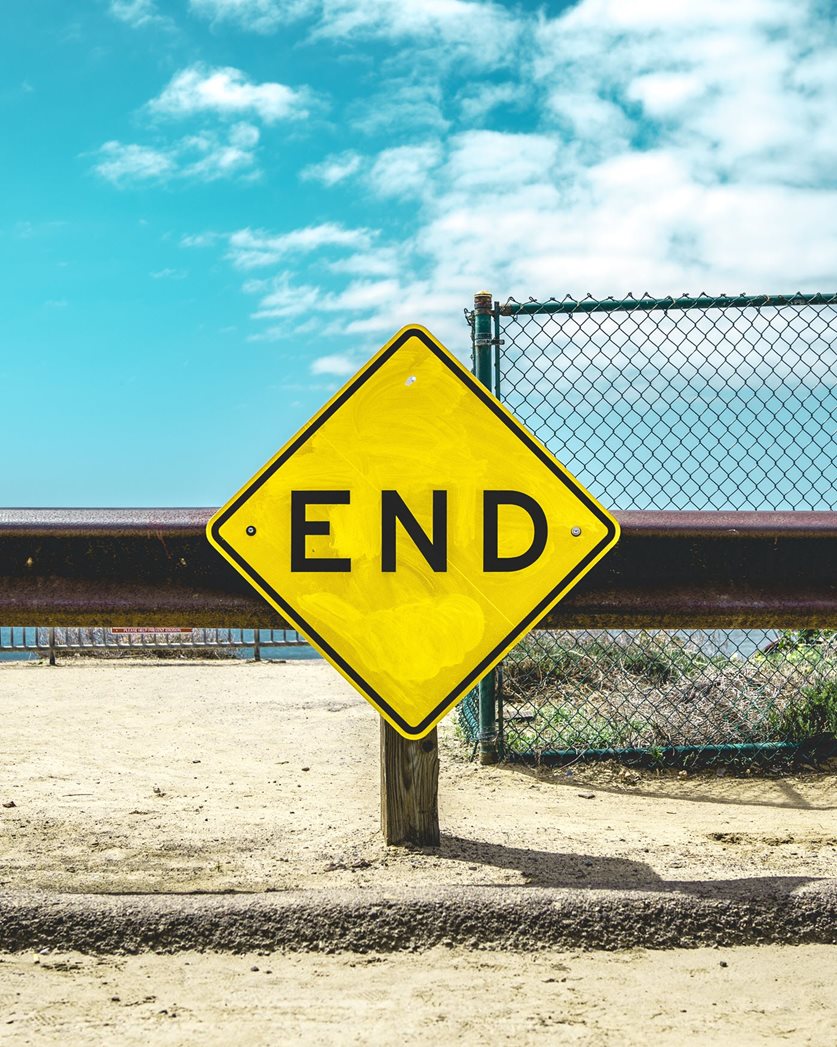
Were you one of the millions of people who waited (im)patiently for the series finale of Game of Thrones, the medieval fantasy epic on HBO?
I wasn’t.
But I’ve been excited about other finales in the past. And you can still find people debating the merits of finales of shows like the Sopranos and
Seinfeld. Or book and movie series like Harry Potter.
Why do we care so much about how these things end?
The
book Power of Moments by the Heath Brothers reminds us of the importance of elevated moments in people’s experiences. We remember two distinct points in an experience much more than any other: beginnings and ends. When you think about it, it makes a lot of sense – first impressions really do last. And the final memory of an experience lingers longer and disproportionately colors our overall impression of that experience and the people who created it.
So what?
We can use this knowledge to our advantage when we develop our own experiences and events. In the book
The Art of Gathering, author Priya Parker stresses the importance of intentionally designing the ending of our gatherings for maximum impact.
Rather than ending an event with logistics (“get your parking validated at the door;” “don’t forget to fill out our survey”) or not providing any clear ending at all, we can end experiences so that participants leave with the lasting impression you want them to remember tomorrow, next week, and next year.
Camps are great at designing deeply enduring final moments for campers. But have you thought about how you can apply that expertise to other important audiences?
On pick up day do you want a parent’s last memory to be about their kid’s outstanding canteen bill? Or would you rather parents hear a story about their camper’s experience and growth at camp from their counselor?
What about camp visitors, including donors? One camp ensures donors end their camp tours at an especially beautiful vista. They even take a photo of the visitors there and send it to them later, creating a new “final” moment from the visit.
You can reconfigure the ending of all your camp-related gatherings. Parlor meetings. Alumni reunions. Fundraising galas. Even board meetings.
The key:
intentionality. Knowing what accounts for lasting impressions and designing the experience accordingly.
The goal: people remembering their experience and making a lasting positive association with you and your organization for years to come.
Cue Journey’s “Don’t Stop Believin”…
**
Written by Kevin Martone. Kevin is the Technology Program Manager with JCamp 180. His focus area is in applying technology (database management, communications) to support fundraising and outreach efforts. Kevin leads JTEC (JCamp 180 Training in Effective Communications) and co-leads Data2Donors, a program to help camps prioritize their database for improved Alumni outreach and fundraising.
**
Who we are: JCamp 180 is a program of the Harold Grinspoon Foundation (HGF). Our goal is to significantly enhance the long-term effectiveness of nonprofit Jewish camps in North America. To meet this goal, we provide affiliated Jewish camps with consulting services, annual conferences, shared resources, professional development, and matching grant opportunities. Find more at www.jcamp180.org